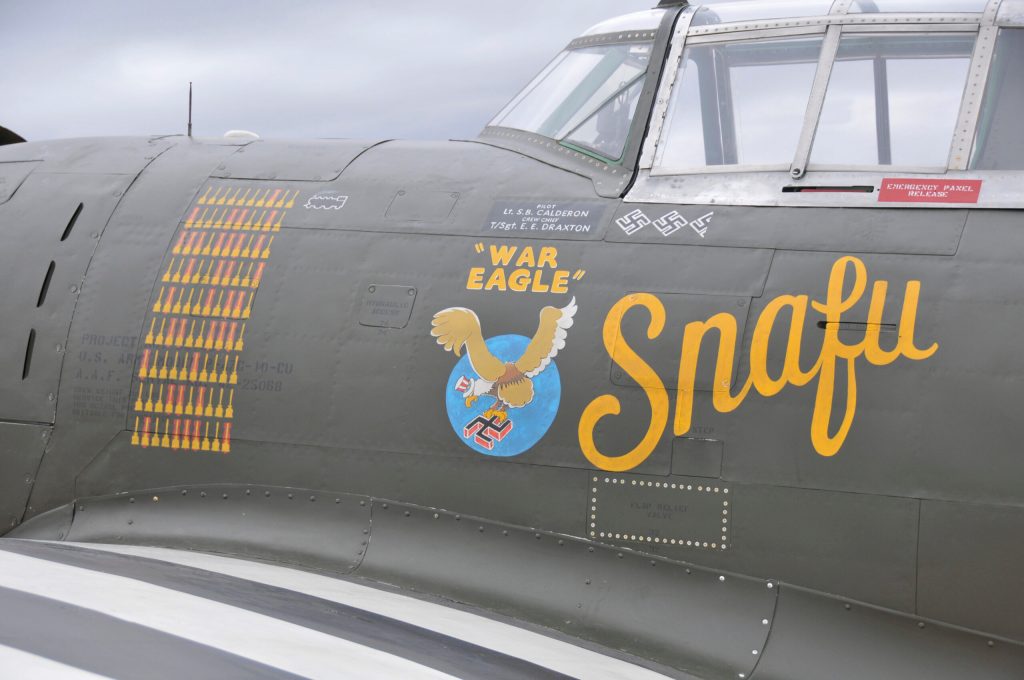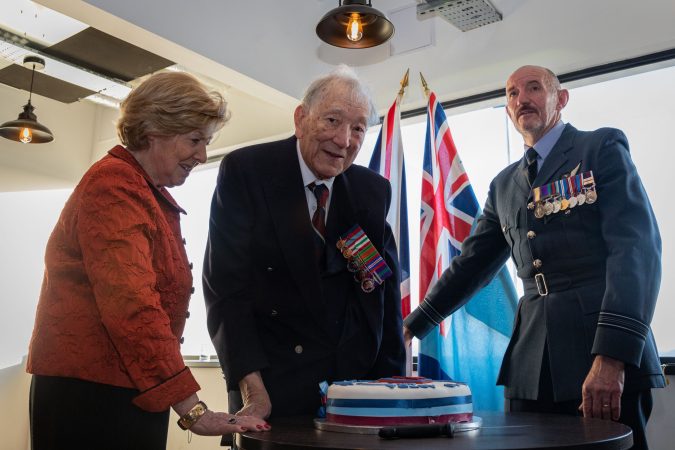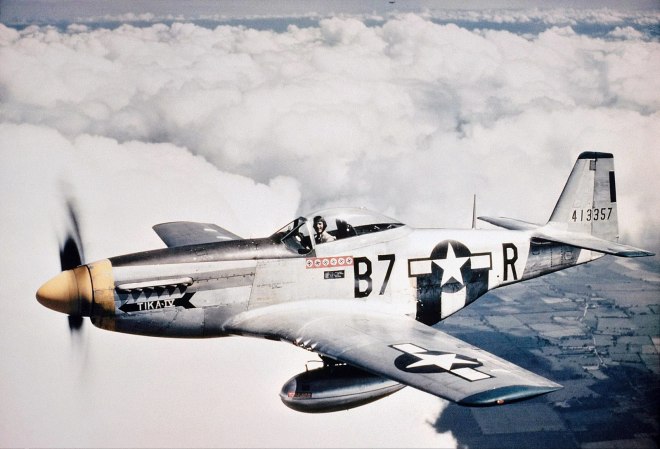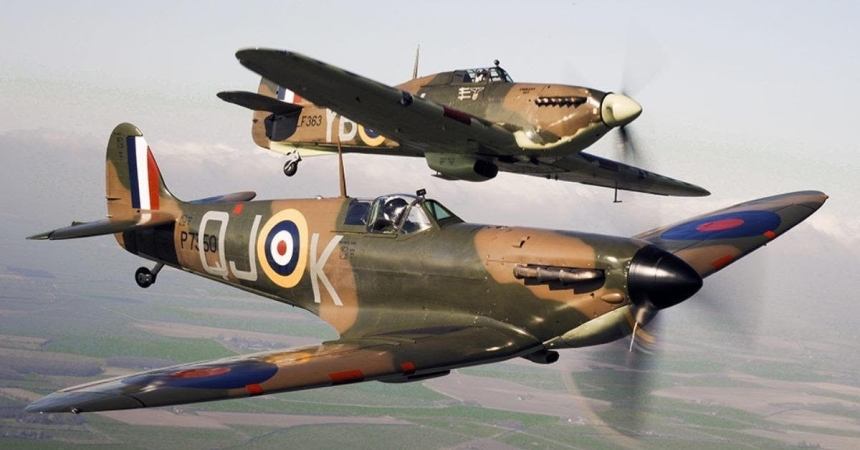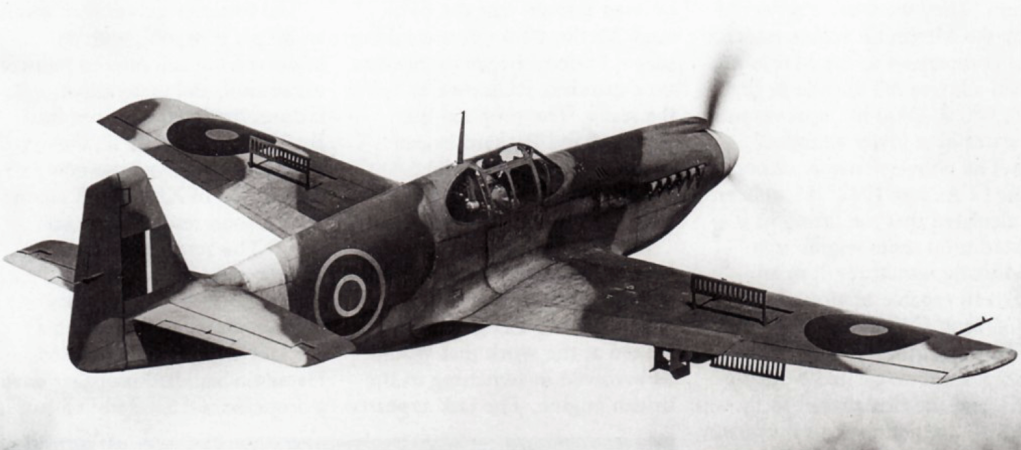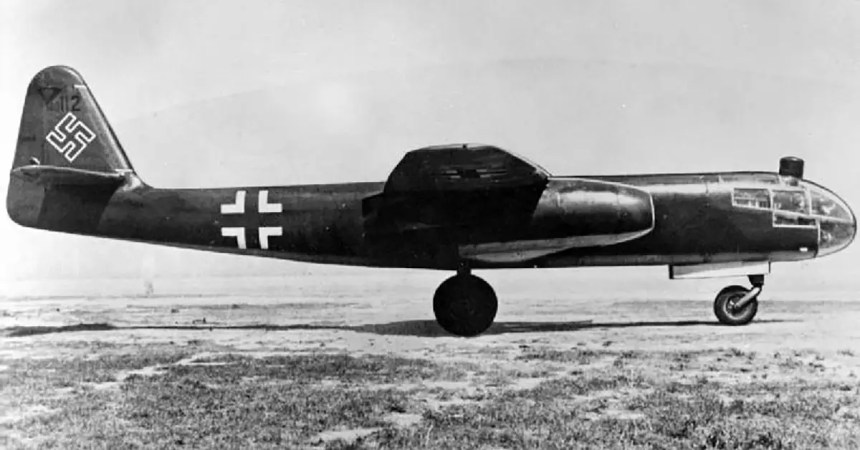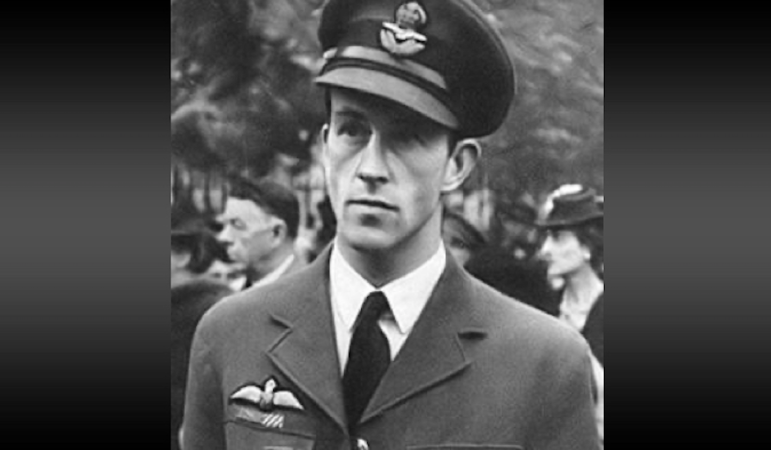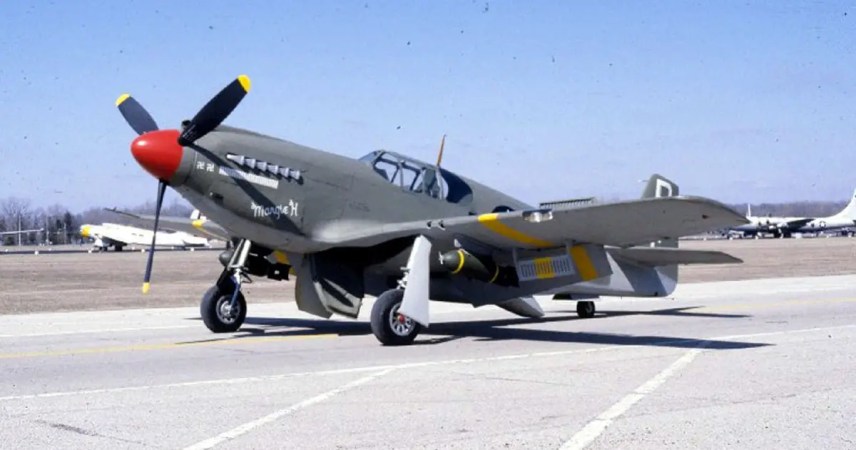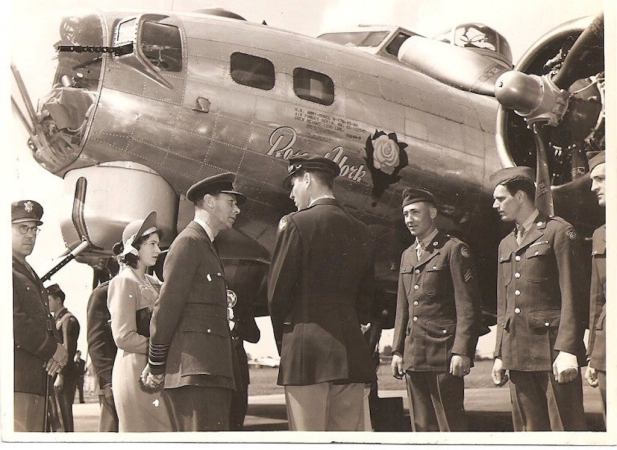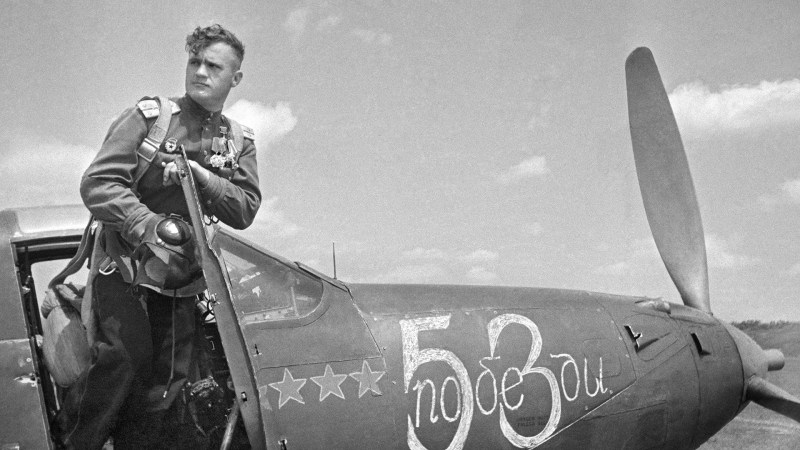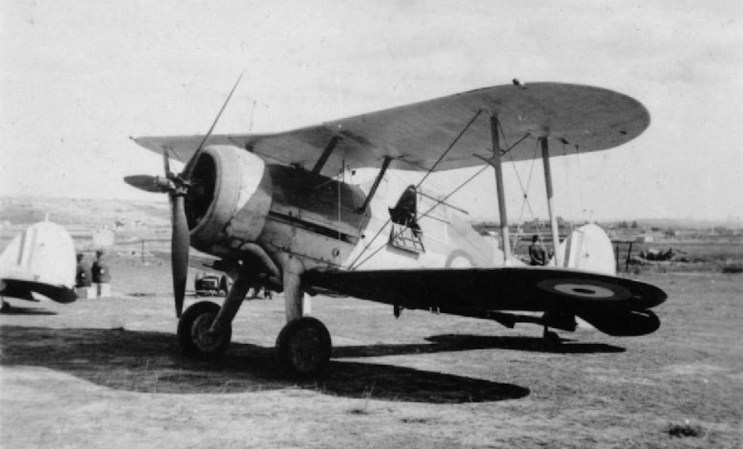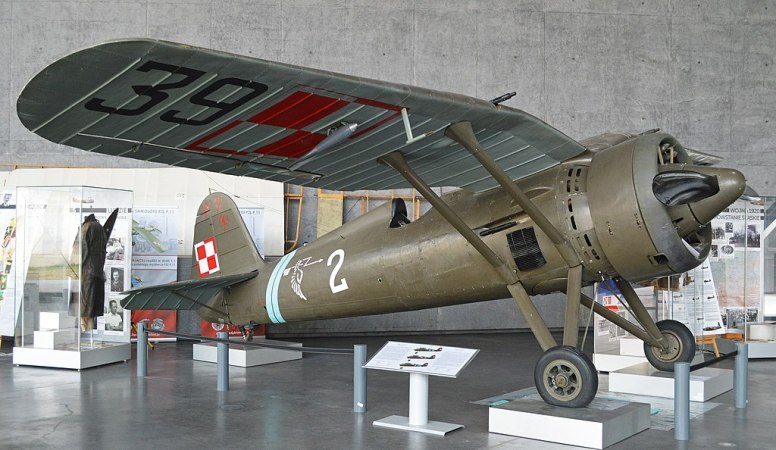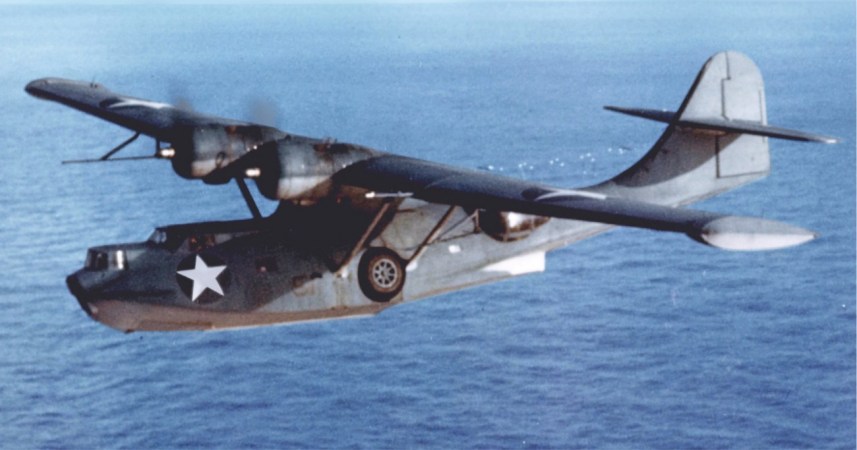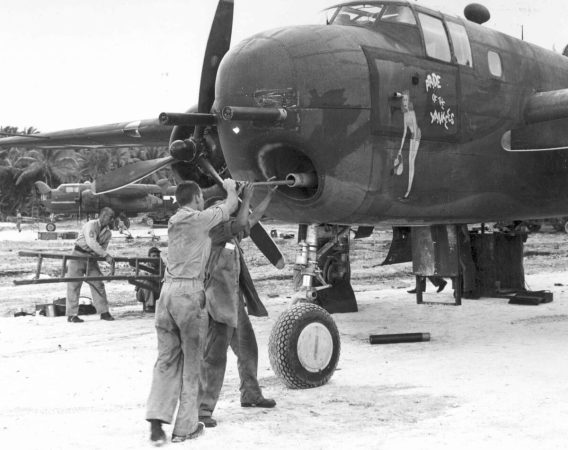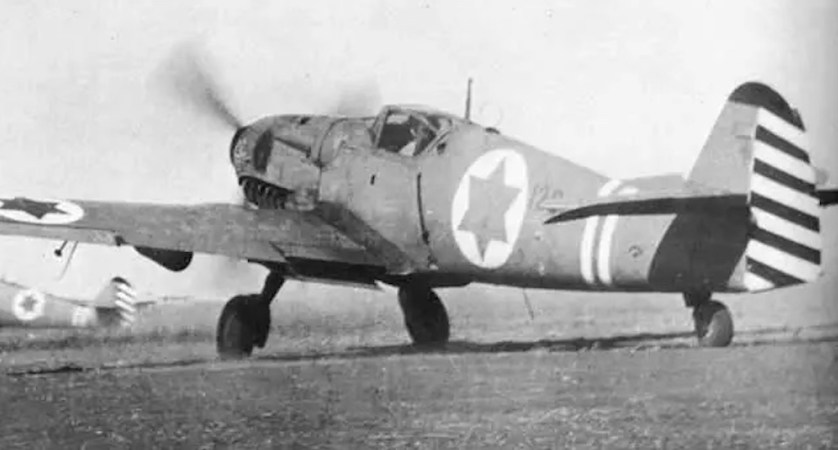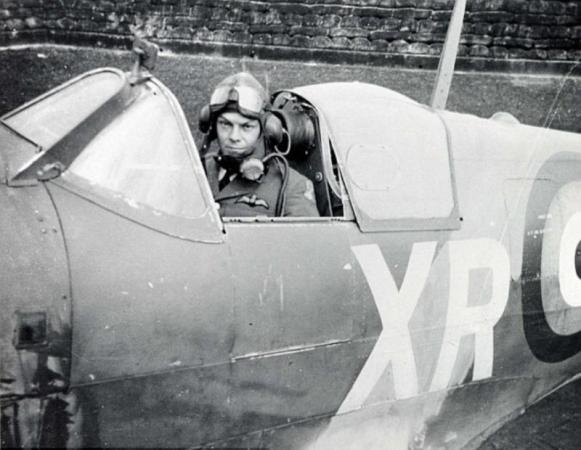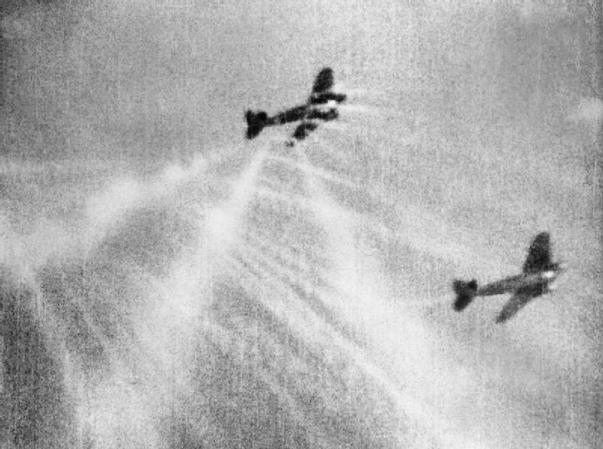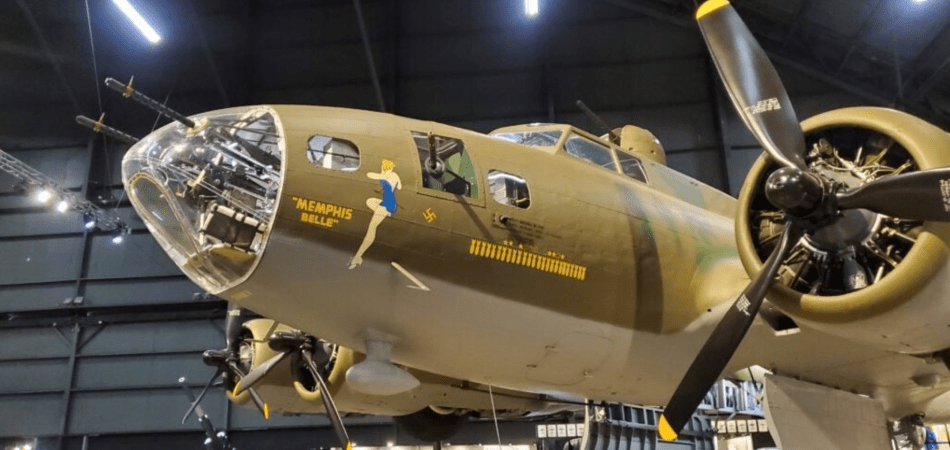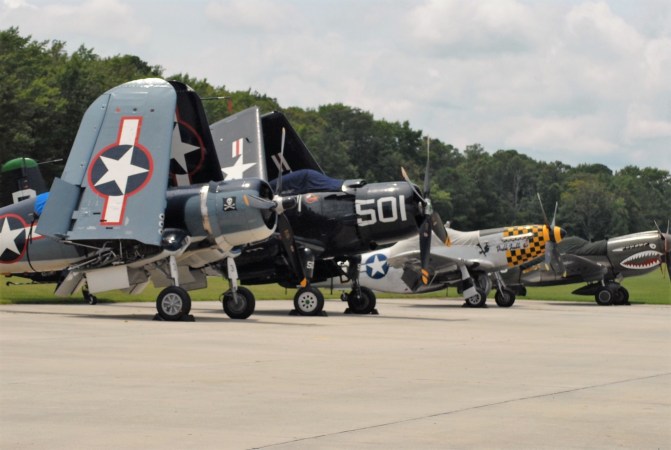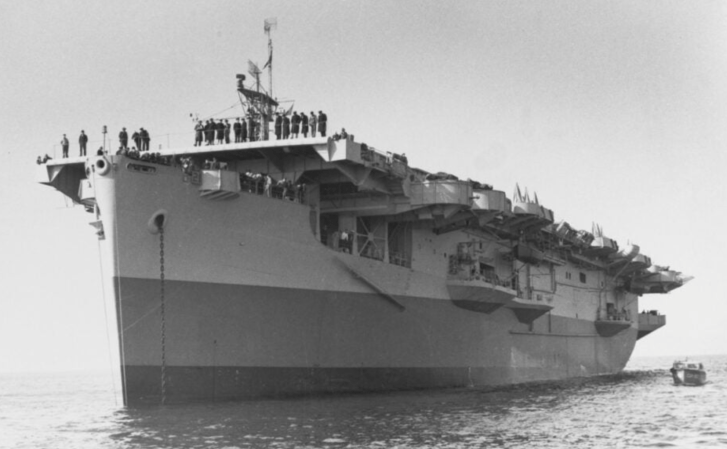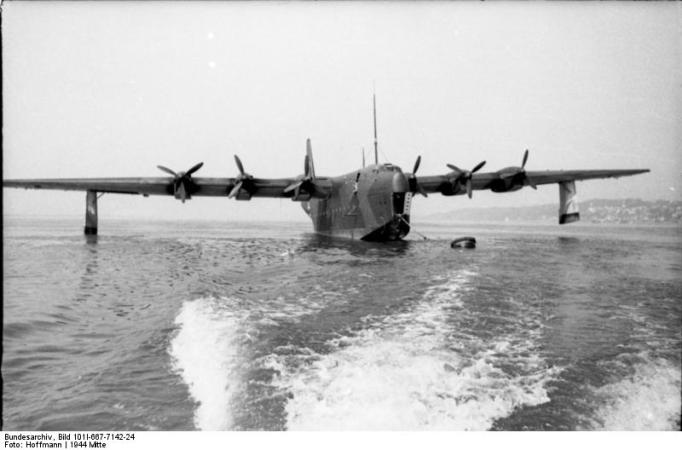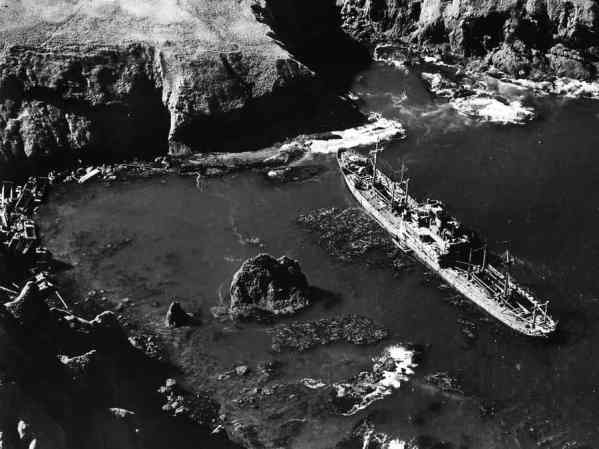Taking lessons from the slaughter of World War I trench warfare, once the Allied armies of World War II were able to stifle Nazi Germany’s offensive capabilities, a new doctrine emerged to utilize industrial might to win the war. This doctrine can be summarized as “steel over flesh,” however much of the “steel” was actually aircraft aluminum.
The Royal Air Force in the North African Western Desert campaign demonstrated both the effectiveness and the economy, in both lives and war material, of coordinated ground attacks. A combination of Spitfires, Hurricanes, P-40s, and medium bombers and attack aircraft such as the British Blenheim attacked Afrika Corps airfields and logistics while engaging attacking Luftwaffe aircraft, especially those on reconnaissance over British positions.
While building up a strong numerical advantage over the desert Luftwaffe, the RAF began to turn the art of aerial warfare into a science. Pilots were assigned to leading army elements, along the same proven concept of the forward observer for artillery. “On call” airborne fighter bombers called (taxi) “cab ranks,” could be called down on heavy concentrations of enemy troops and equipment.
Reserve Afrika Corps and fascist Italian maneuver units were attacked and neutralized before they could reach the battle area, and mobile fuel and munitions storage areas were located and bombed. Eventually, the Axis forces in North Africa, caught in a two-front war after American and additional British forces landed in Morocco and Algeria, were forced to surrender when driven to the sea in Tunisia. Over 250,000 Axis troops were taken prisoner.
While this system of Close Air Support, or CAS, continued to evolve in the subsequent campaigns in Sicily and Italy, weather and terrain precluded the spectacular successes achieved in the wide-open desert. During this time, the primary American fighter bomber for the remainder of the war emerged: the P-47 Thunderbolt.

The Thunderbolt entered U.S. Army Air Force combat service in the European Theater, in both Britain and Italy, in 1943. It was a large and rugged, but also an agile fighter. Armed with eight .50 caliber machine guns, it was a worthy opponent for the German Messerschmidt Me-109 and Focke Wulf Fw-190. Unfortunately, its range was insufficient to fully protect American heavy bombers during daylight missions over continental Europe. The American P-51 Mustang, powered by a British Rolls Royce Merlin engine., would ultimately achieve the magic combination of range, armament, and dogfighting ability to fulfill the bomber escort role.
The mainstays of the RAF Desert Air Force ground attack aircraft, the Hurricane and P-40, were never ideal for that role, and their pre-war designs had rendered them obsolete in the European theater even during the desert campaign. Hawker Aircraft, maker of the Hurricane, began to produce a new fighter, the Typhoon, to replace its predecessor.
The Typhoon was a powerful and extremely robust aircraft, with thick wings fitted with four 20-millimeter cannons. In initial testing, its performance at other than low levels was disappointing. Since the Spitfire was being constantly improved, it was determined that newer versions would continue to fulfill the “pure” fighter role, and the Typhoon developed as a fighter bomber, configured to carry either two 1,000-pound bombs or a variety of unguided rockets, plus its formidable 20 mm cannons. Despite its limitations, the Typhoon could hold its own with the new Fw-190 at low levels.
As the inevitable Allied invasion of France approached, Typhoons and P-47s modified to carry bombs and rockets began to attack Luftwaffe airfields in France and train locomotives caught rolling down the tracks. Realizing how vulnerable the D-Day landing forces would be to mass panzer attacks until sufficient Allied armored forces could land and assemble, Typhoon and Thunderbolt pilots were told to scour the Normandy countryside for German tanks to attack. This effort worked, using rockets for individual tanks and bombs when armor formations were discovered, and this tactic was continued through the rest of the war. German ground forces soon feared the daylight, only moving at night or during poor weather, when possible.

When Hitler ordered the last-ditch attack of the Battle of the Bulge in late 1944, bad weather favored the Nazi assault during the opening days, however, ground to a halt and then was ravaged once the Allied fighter bombers could see them on the ground to attack.
Both aircraft, and the service and sacrifice of the pilots and ground crews during the war, are memorialized by modern fighter aircraft. The American A-10 Thunderbolt II tank buster has been in service for many decades. The Eurofighter Typhoon fighter entered front-line service in 2003 with the RAF and, ironically, the air forces of Germany, Austria, and Italy.
Numerous flyable P-47s exist. There is not currently a flyable Typhoon, however, aircraft RB396 is undergoing restoration in Britain, by the Hawker Typhoon Preservation Group.


